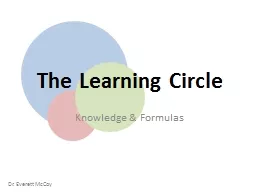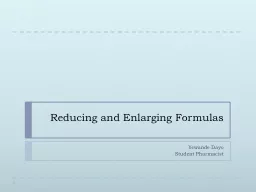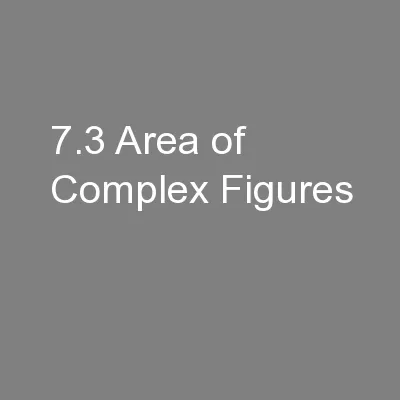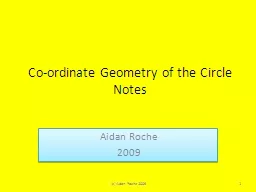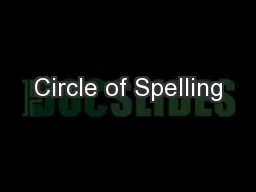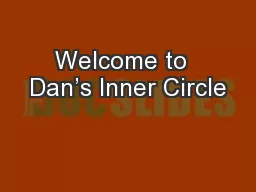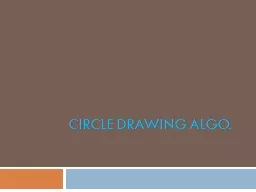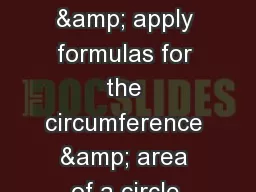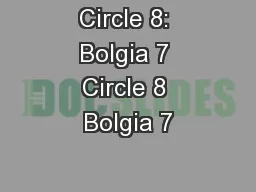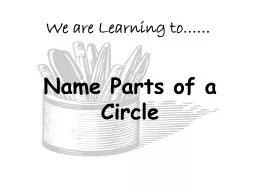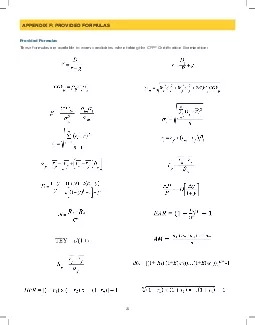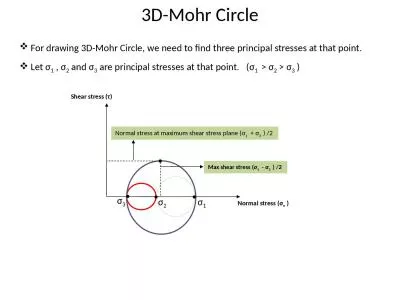PPT-The Learning Circle Knowledge & Formulas
Author : myesha-ticknor | Published Date : 2018-03-17
Dr Everett McCoy The Learning Circle You have a round lid and a stick Break the stick into two unequal lengths Place the sticks into the lid with the ends at the
Presentation Embed Code
Download Presentation
Download Presentation The PPT/PDF document "The Learning Circle Knowledge & Form..." is the property of its rightful owner. Permission is granted to download and print the materials on this website for personal, non-commercial use only, and to display it on your personal computer provided you do not modify the materials and that you retain all copyright notices contained in the materials. By downloading content from our website, you accept the terms of this agreement.
The Learning Circle Knowledge & Formulas: Transcript
Download Rules Of Document
"The Learning Circle Knowledge & Formulas"The content belongs to its owner. You may download and print it for personal use, without modification, and keep all copyright notices. By downloading, you agree to these terms.
Related Documents

